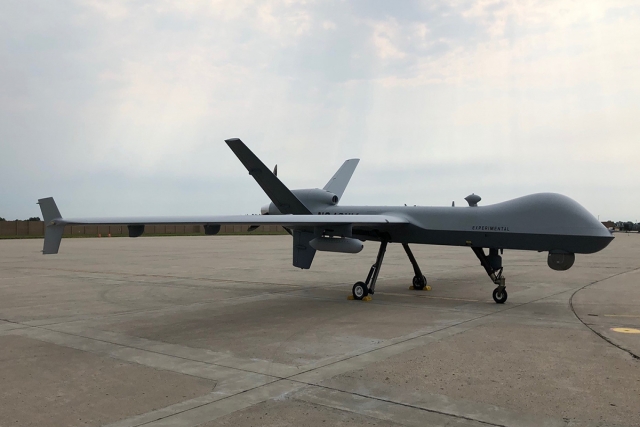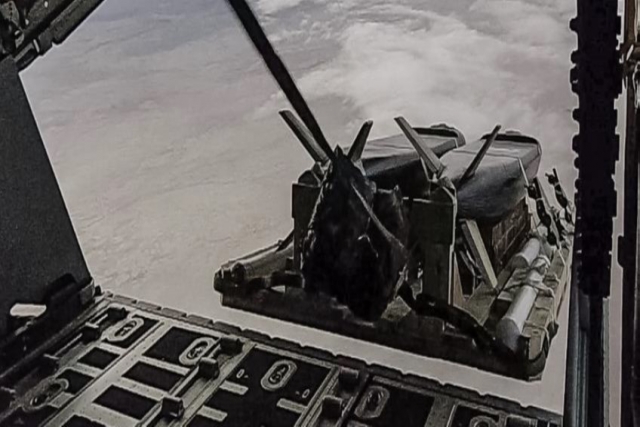US Army Researchers Develop Soldier Decision-Making System
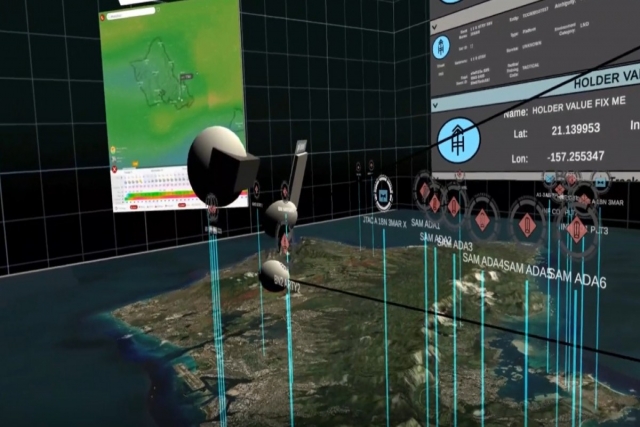
The U.S. Army researchers have developed an innovative soldier decision-making system that allows warfighters to retrieve relevant information quickly in support of mission-critical decisions.
Inspired by the exciting potential of Cross-Reality, or XR, many scientists and engineers throughout the Department of Defense, commercial and academic spaces have developed remarkable systems to explore what is possible in the XR domain, said research psychologist Dr. Mark Dennison, with the U.S. Army Combat Capabilities Development Command’s Army Research Laboratory.
This work by the laboratory is unique in that it is one of the first to focus on creating an XR common operating environment that enables interoperability between commercial, off the shelf XR systems and program of record systems, heterogeneous sensors and big data analytics over a secure, encrypted network.
Visit: SAHA EXPO, TURKEY -VIRTUAL AEROSPACE & DEFENCE EXHIBITION
Augmented-, mixed- and virtual-reality--collectively known as cross-reality--present an opportunity to redefine how we interact with computers and information, Dennison said. XR enables researchers to completely rethink how virtual elements can coexist with the physical world to create an information space that crosses the cyber and physical domains.
“This work aims to create a framework for enabling interoperability between XR technologies and big data analytics to accelerate decision-making and enable shared understanding between co-located and distributed users,” Dennison said.
Until now, there has been a limited amount of foundational and applied research into how human cognitive processes are impacted when engaging complex information in immersive environments.
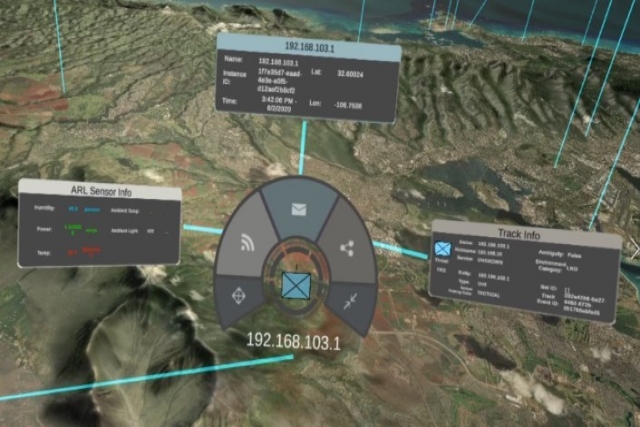
By linking the Accelerated User Reasoning: Operations, Research, and Analysis for Cross Reality, or auroraXR, system with the Elastic Stack, a big-data analytics architecture used throughout the DOD, industry and academia, scientists and engineers are now able to populate immersive environments with complex, heterogeneous data.
The system was developed by Stormfish Scientific Corporation, which is under contract with the laboratory.
“Military decision-making requires the convergence of large volumes of data from a wide spectrum of sources that cross domains,” Dennison said. “Much of this data may be irrelevant or redundant when attempting to filter down to critical elements necessary to answer a specific question. Therefore, the Army requires novel information meditation tools to assist human decision makers with identifying and retrieving relevant data quickly enough to support mission-critical decisions for which the windows of opportunity may be less than a few minutes."
For example, Dennison said, an Army brigade commander may need to leverage intelligence, surveillance and reconnaissance, or ISR, assets from the Air Force while simultaneously tracking Army ground units co-located with Marines.
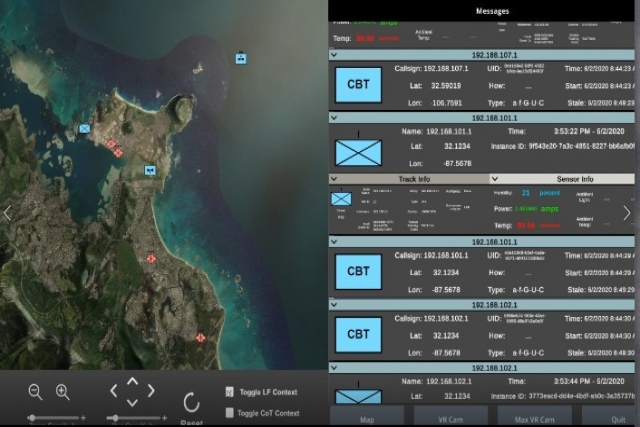
“This information space is only exacerbated by gray asset data, such as social media feeds, which may dynamically change mission planning within complex urban terrain,” Dennison said. “Technologies that identify, transmit and display only that information which is relevant to a particular unit’s mission are critical for Combined Joint All-Domain Command and Control, or CJADC2, decision-making.”
This research addresses the lack of a secure XR networking solution that meets DOD networking and security requirements, and provides a near turn-key solution for linking foundational research to prototyping systems.
This effort also supports the Adaptive Cross Reality Information Mediation, or AXRIM, task under the Robust, Resilient, and Intelligent C3I, or RRIC3I, project in the Army’s Network Cross-Functional Team.


